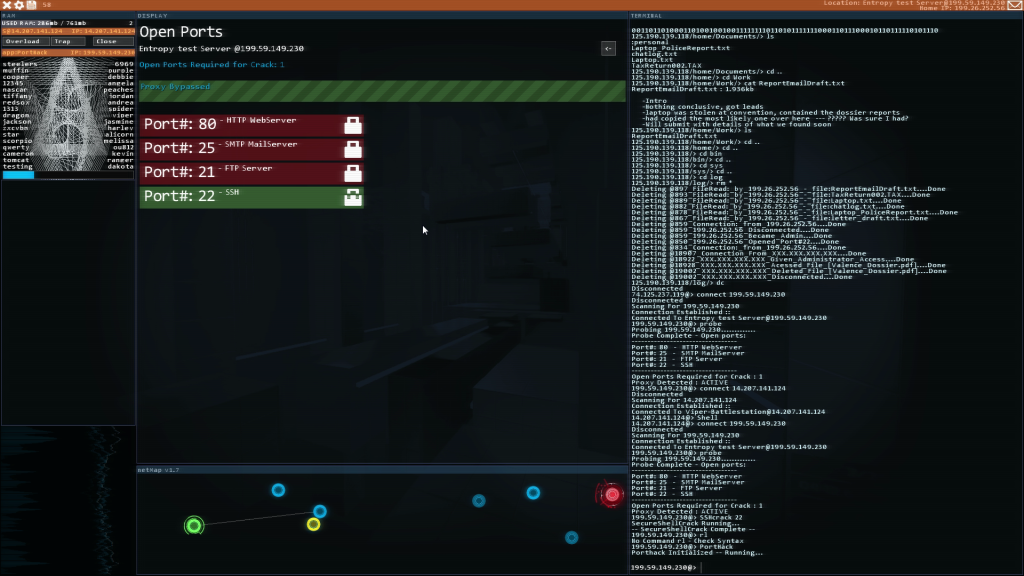Typing Commands
During my ongoing literature review I often discover interesting facts about things I’ve never thought about. Sometimes I can connect these facts with my own observations: The result is mostly a completely new idea why things are as they are. Maybe these ideas are new to you, too. Therefore I’ll share my new science based knowledge with you!
This week: This time, I think about how the computer games represent effective educational tools as they embed the application of the game-knowledge in complex scenarios.
While Linux and a few Mac users might be used to type command line inputs into a console, most other computer users probably find this method quite confusing and not very intuitive. By now, most users are familiar with using windows, icons, and buttons when it comes to executing and controlling applications. These graphical user interfaces are more intuitive and less prone to false inputs. Thus, they are more comfortable to control and do not require a user to remember specific inputs to execute a certain function.
This results in the fact that only a few users can operate a terminal thus leading to the impression that this tool is for experts, programmers, and hackers only. While this might be true to some degree, having a basic knowledge about using command lines can be beneficial and helpful. Learning most relevant commands, such as „cd“, „mv“ and „rm“, however, is challenging as users have to internalize them.

Using Terminal commands in Hacknet
Like with any other learning content, learning these commands requires a high motivation for a repetitive practice. This can be achieved by embedding the learning content in computer games and turning it into a central input game mechanic which is embedded in a complex scenario, i.e., the narrative of the game.
While this is not the intention of Hacknet, the hacking simulation game represents a perfect learning environment for terminal commands. During the gameplay, a player is challenged to hack computers, to search for specific files, and even to download or to modify these files. For this purpose, Hacknet simulates a hacking terminal that requires a player to type and to execute commands of which most of them are commands used in regular terminals.
As a result of this, players subconsciously learn the basics of using a terminal in a highly motivated way during the gameplay. Also, as there is only a small visual difference between the game terminal and a regular terminal, users can directly transfer their learning outcome from the game context to a different context.
In conclusion, computer games represent powerful educational tools as they can easily embed a learning content in complex scenarios. This leads to a high degree of motivation and allows for an repetitive practice during different challenges already requiring a training transfer within the context of the game.